Water is such an essential part of the natural world! I spend a lot of my time studying the estuarine environment, where tidal ranges, flooding, saltwater and freshwater shape many of the ecological communities. Ecohydrology, to me, represents the intimate and dynamic relationships that make these coastal communities unique and dynamic.
What are your undergraduate and graduate degrees in?
I attended Drexel University for my Bachelors and Masters in Environmental Science, and now also a PhD candidate there.
How did you arrive at working in/thinking about ecohydrology?
It is tough to avoid thinking about ecohydrology when standing knee deep in the muck of intertidal wetlands! Coastal systems are usually in various stages of change. Sea level rise and climate change add more complexity (and variability) to these systems. Since intertidal wetlands, and even low-lying habitats such as forests, are shaped by where, how, and even when water moves, it’s simply not something you can leave out of the equation when studying how these systems operate—or how they might fare into the future.
What do you see as an important emerging area of ecohydrology?
Given my coastal bias, one important emerging area of ecohydrology is getting a better sense of how sea level rise will affect currently seldom or unflooded areas. This includes forests, as well as developed areas and farmlands. There’s already been some research on this topic, but there is still a lot of variability in these systems that limit our ability to predict when/how transitions from drier uplands to intertidal areas will occur—and at what cost. I’m currently using tree rings to begin answering questions about how coastal flooding affects tree growth, and how we can use this information to help managers design (or redesign) coastal adaption plans. There are many specifics we still need to know about “sea level succession”!
Do you have a favorite ecohydrology paper? Describe/explain.
Early on, I was very inspired by the 1995 Ecological Applications paper “Chloride Concentrations in Growth Rings of Taxodium Distichum in a Saltwater-Intruded Estuary” by Yanosky, Hupp, and Courtney. The study found evidence of increasing chloride concentrations in growth rings of bald cypresses along an estuarine gradient. In a broader context, these findings show (at a chemical level!) that salt intrusion caused by sea level rise has a detectable and possibly subtle (where acute mortality does not seem to occur) affect on the coastal environment. By tracing these affects from the past (tree rings, sediment cores), we can get a better sense of how changes in the hydrological environment will shape future coastal habitats. This opens so many doors for research and learning something that benefits the people and habitats that occupy coastal areas (in 2018, approximately 40% of the U.S. people live along its coasts!).
What do you do for fun (apart from ecohydrology)?
I love working with and riding horses. Winston Churchill once said “no hour of life is wasted that is spent in the saddle”—I couldn’t agree more!
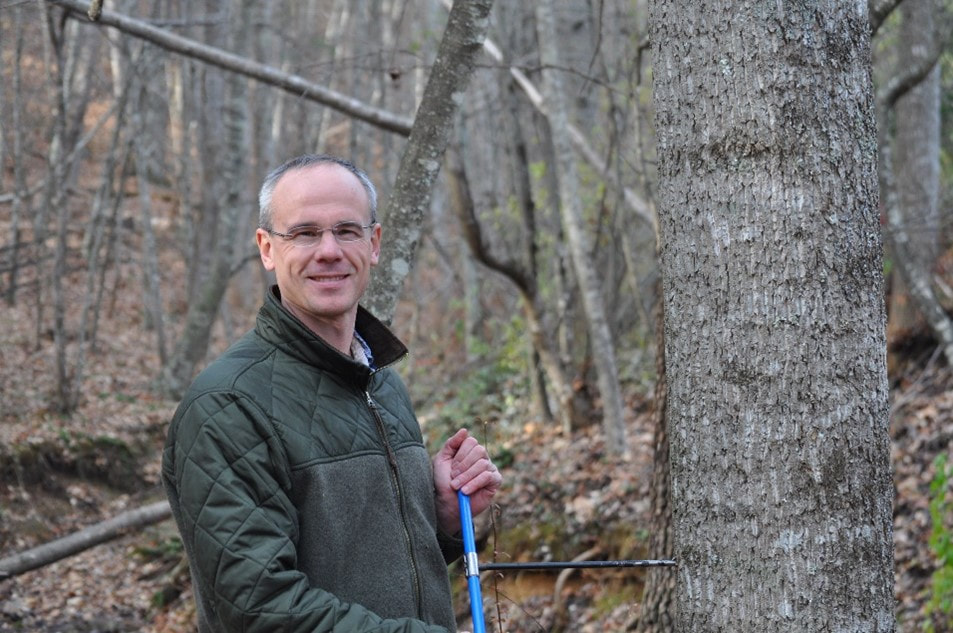
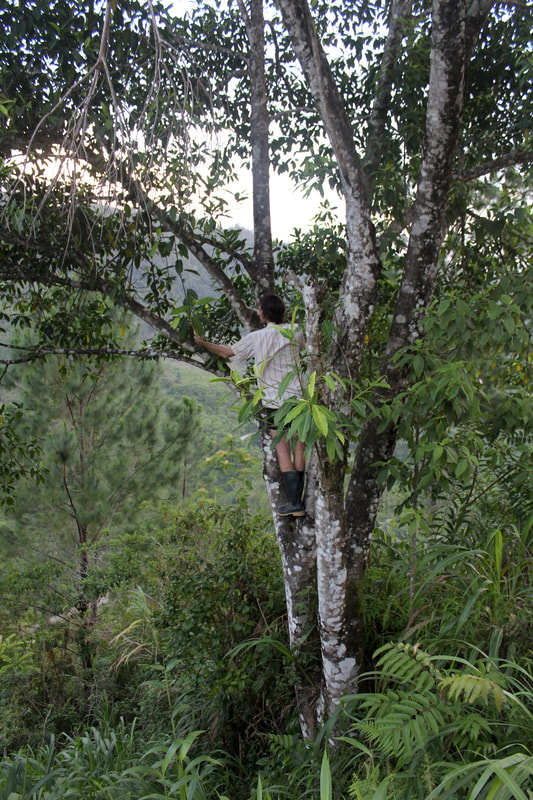

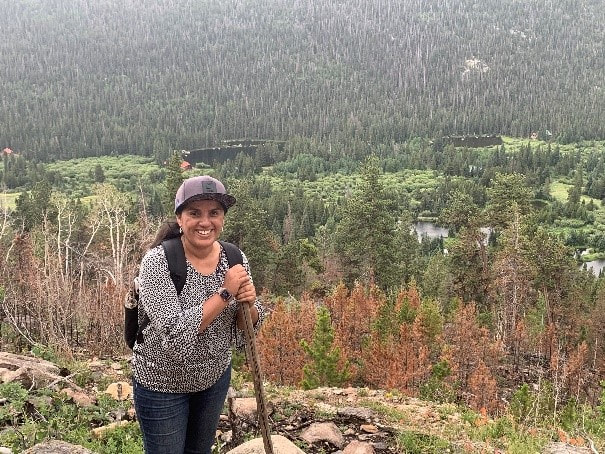
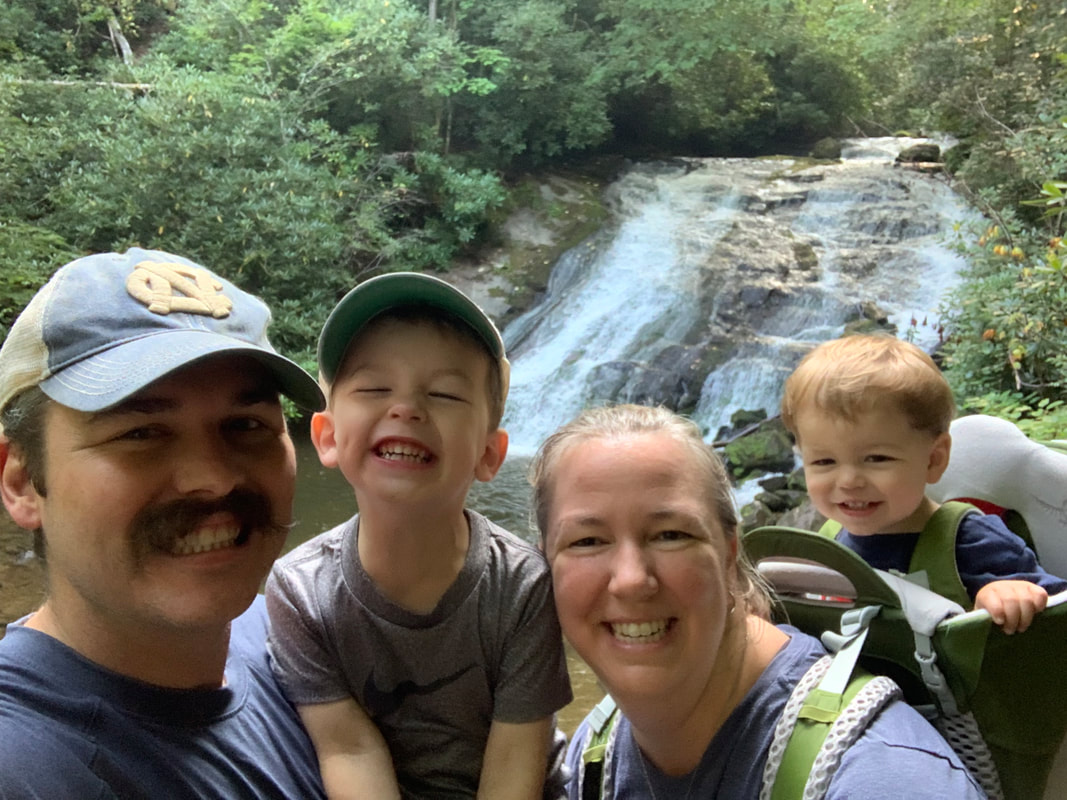
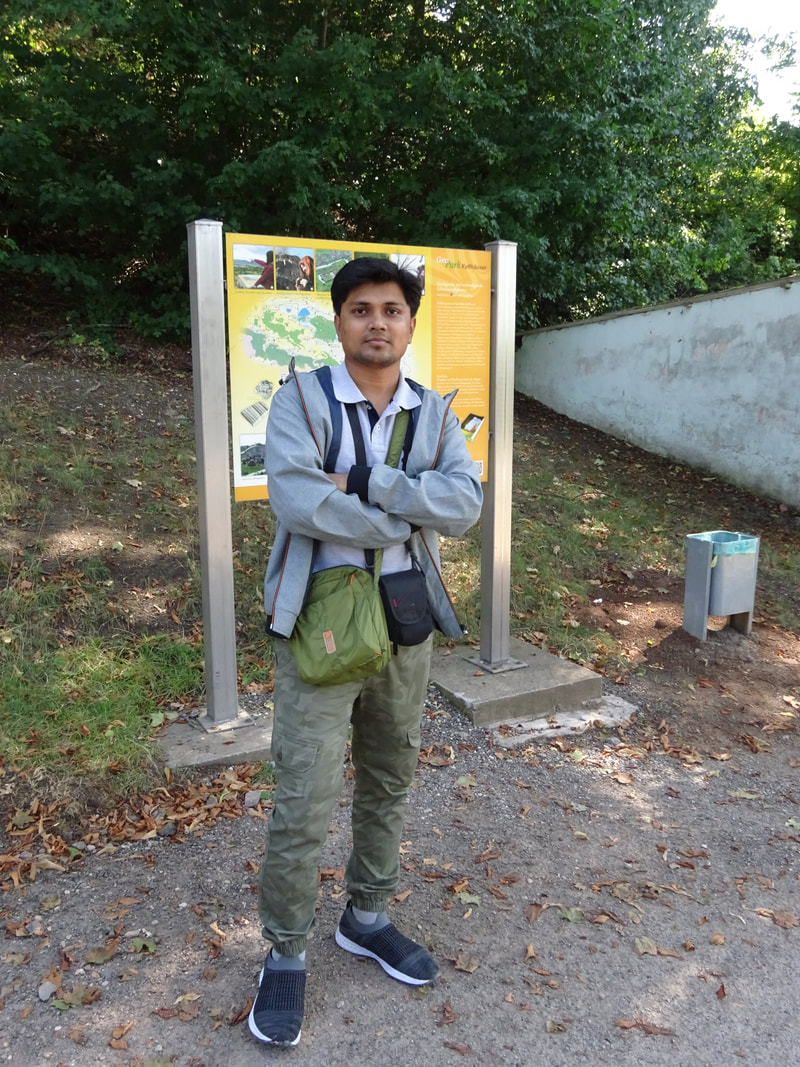
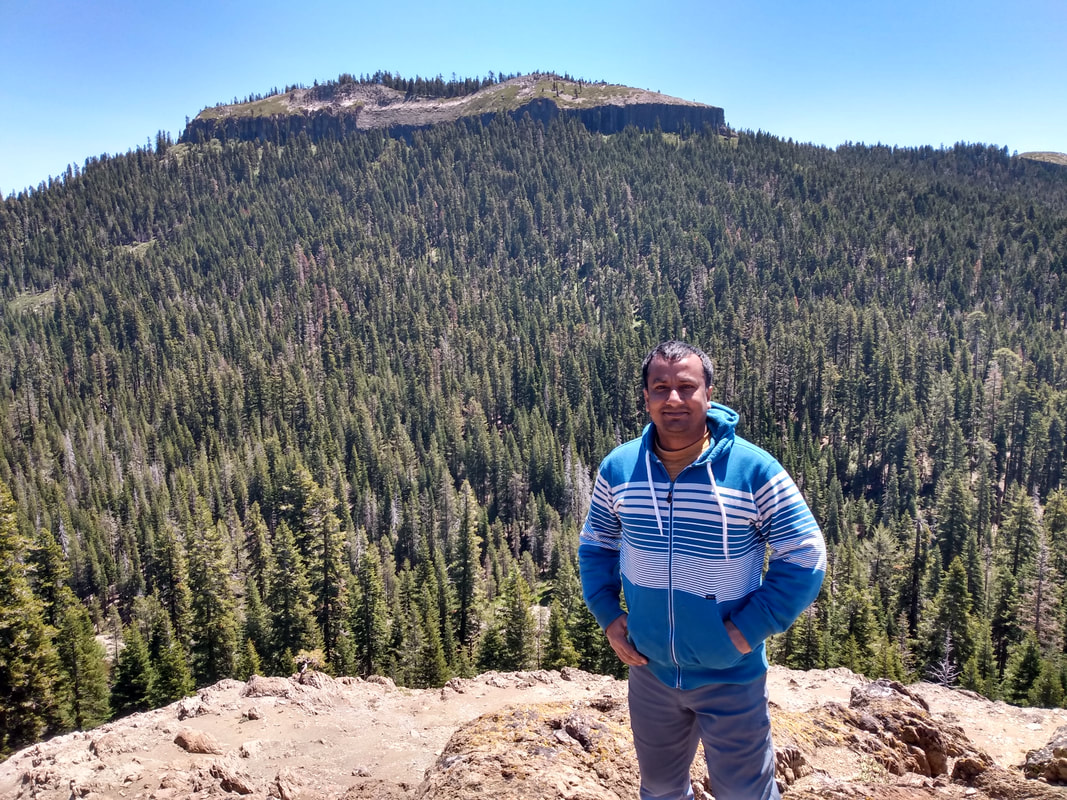
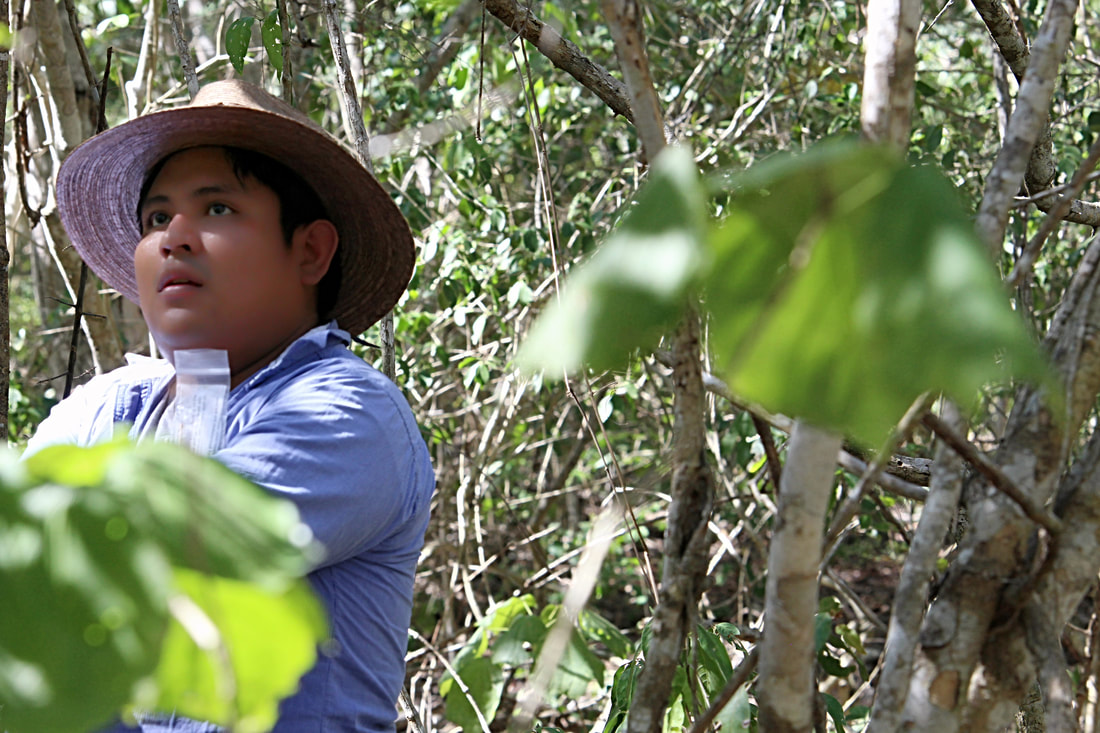

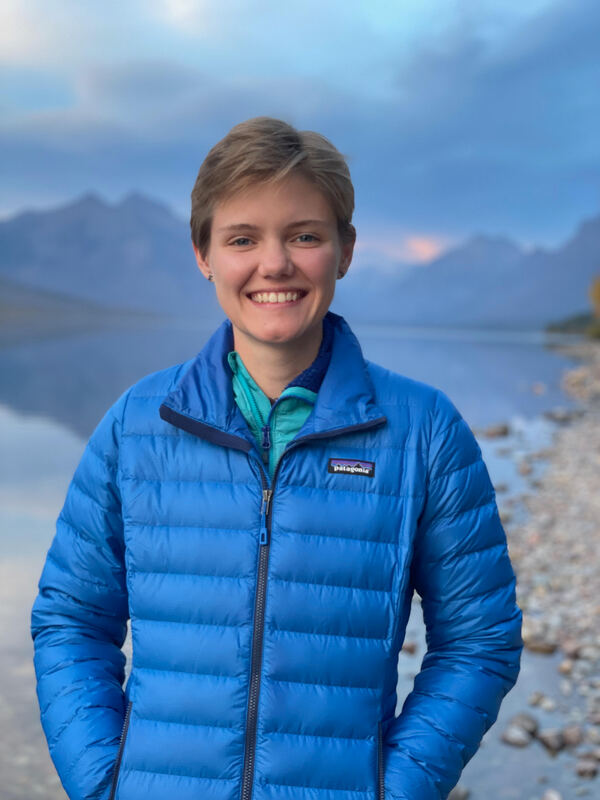
 RSS Feed
RSS Feed